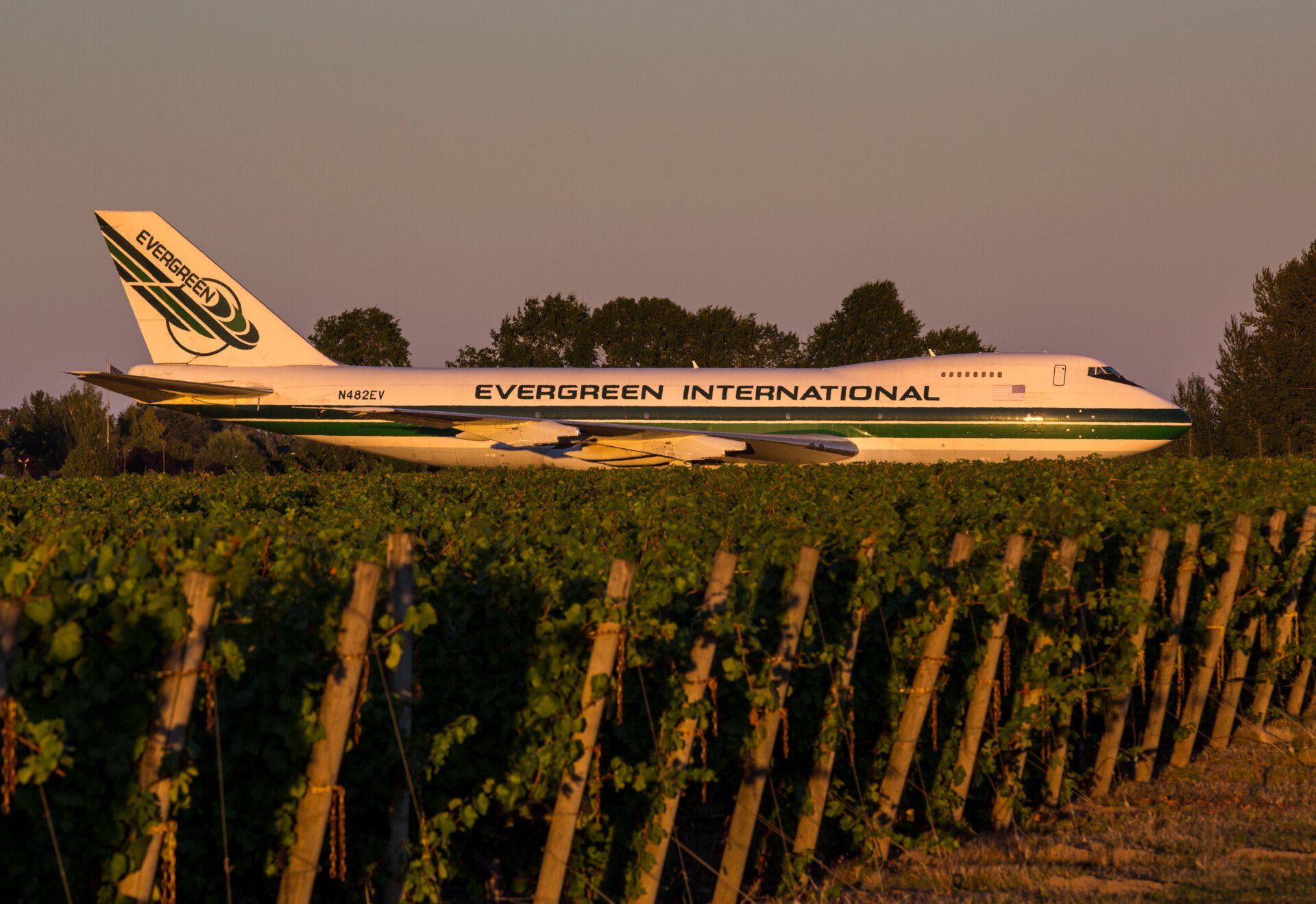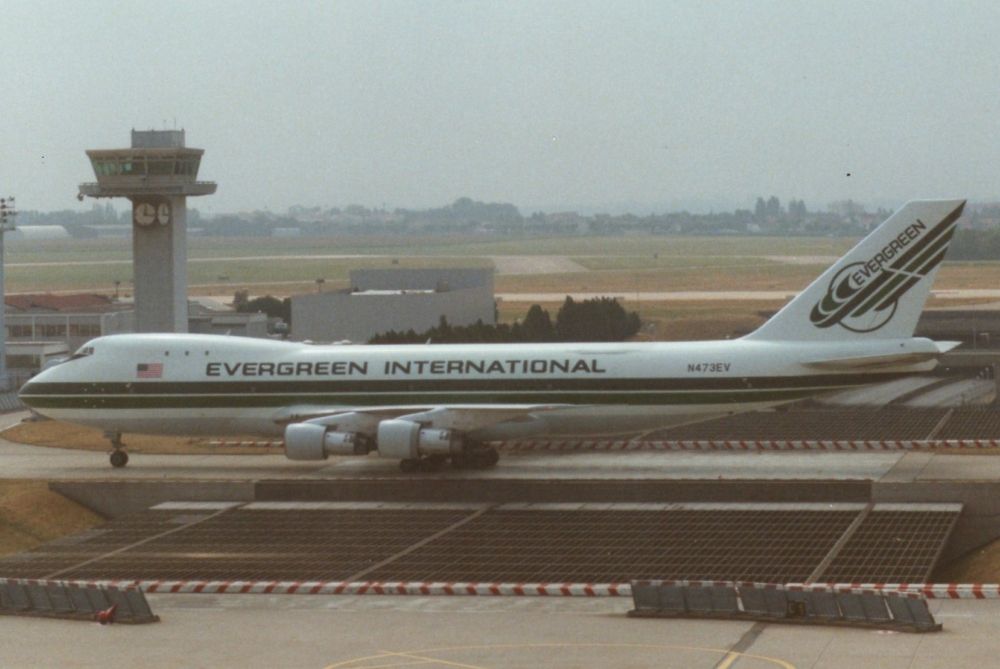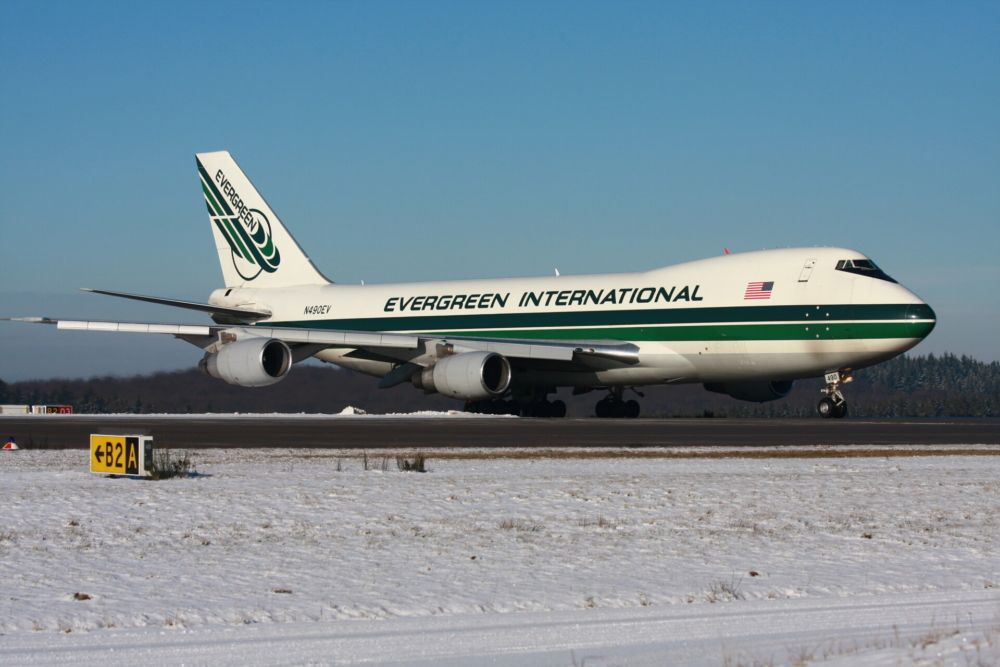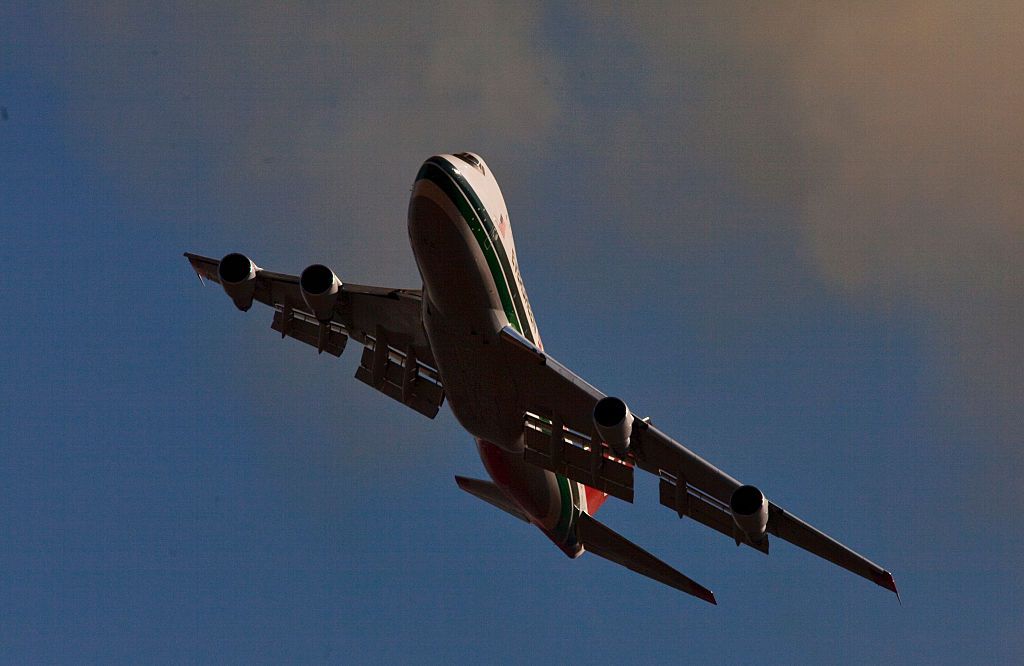Did you know that a cargo-carrying Boeing 747 once inadvertently flew supersonically? Reports from 1991 suggest that the aircraft reached a speed of Mach 1.25 while rapidly descending due to a malfunction. While this was never confirmed, this could be the fastest that a commercial Queen of the Skies has ever flown.
Sudden drop
According to This Day In Aviation, December 12th marks the date of a notable event in history. We all know that the Concorde and the Tupolev Tu-144 were the only commercial aircraft designed to reach supersonic speeds. But what if a Boeing 747 did the same? An incident in 1991 could have seen it happen.
Get the latest aviation news straight to your inbox: Sign up for our newsletters today!
The story begins on an Evergreen International Airlines Boeing 747-100F, registered N475EV. The aircraft had recently been converted to a freighter for the use of charter operator Evergreen. On December 12th, 1991, the plane was flying from New York JFK Airport to Tokyo, stopping in Anchorage, when the crew noticed a failure warning on the inertial navigation system (INS).
The flight was carrying six crew and cruising at 31,000ft over the Canadian province of Ontario. Upon noticing the INS warning, the crew rechecked their instruments and noticed a shocking change. The 747 had banked 90 degrees to the right, and was descending at an alarming angle that was as steep as 30-35 degrees.
This uncontrolled descent caused the aircraft to accelerate rapidly and fall over 10,000 feet before the pilots could regain control. The 747 stabilized at 22,500ft before the crew landed safely in Duluth, Minnesota. According to the Aviation Safety Network, this touchdown was completed safely, with no injuries.
What was the cause?
All eyes were on what caused the 747 to act this way. The answer was a 3x15ft hole in the forward section of the aircraft's right wing. The panels from the gaping hole caused damage to the flaps and the horizontal tail sections. However, it was unclear if the hole was a result of, or cause of, the quadjet freighter's rapid descent.
Love aviation history? Discover more of our stories here!
This rapid descent resulted in the 747-100 exceeding its maximum speed limit of Mach 0.92. Official reports suggest the aircraft reached at least 0.98 Mach during its descent. However, some reports indicate the plane reached speeds as high as Mach 1.25. Of course, this would put it beyond the supersonic limit.
While the NTSB initially did not confirm speeds higher than 0.92, Boeing has made statements to the effect in the past. Indeed, This Day In Aviation reports that, according to the Chicago Tribune in 1992, a spokesperson said,
"Original flight tests of 747s conducted in 1969 and 1970 took 747-100 models to speeds of Mach 0.99. In addition, Boeing knows one case in which a 747 operated by Evergreen International made an emergency descent at speeds that exceeded Mach 1."
High-speed 747s
Aircraft are put through extreme testing during their certification, but such limits are never intended to be actually faced. The 747-100, for instance, was tested up to Mach 0.99, almost breaking the sound barrier. Other 747s, such as Air Force One, have approached the sound barrier but never crossed it. As such, it's unclear if we will ever know if Evergreen's 747-100 really went supersonic.
One other instance that almost fits this bill involved a British Airways 747-400 that seemingly reached supersonic speeds on a flight from JFK to London Heathrow. However, despite a wind-assisted ground speed of 825 mph (1,328 km/h), it didn't break the sound barrier as such, as it wasn't traveling supersonically relative to the air around it. You can find out more about how this worked in our article here!
Sources: ATDB.aero, Aviation Safety Network, This Day In Aviation





